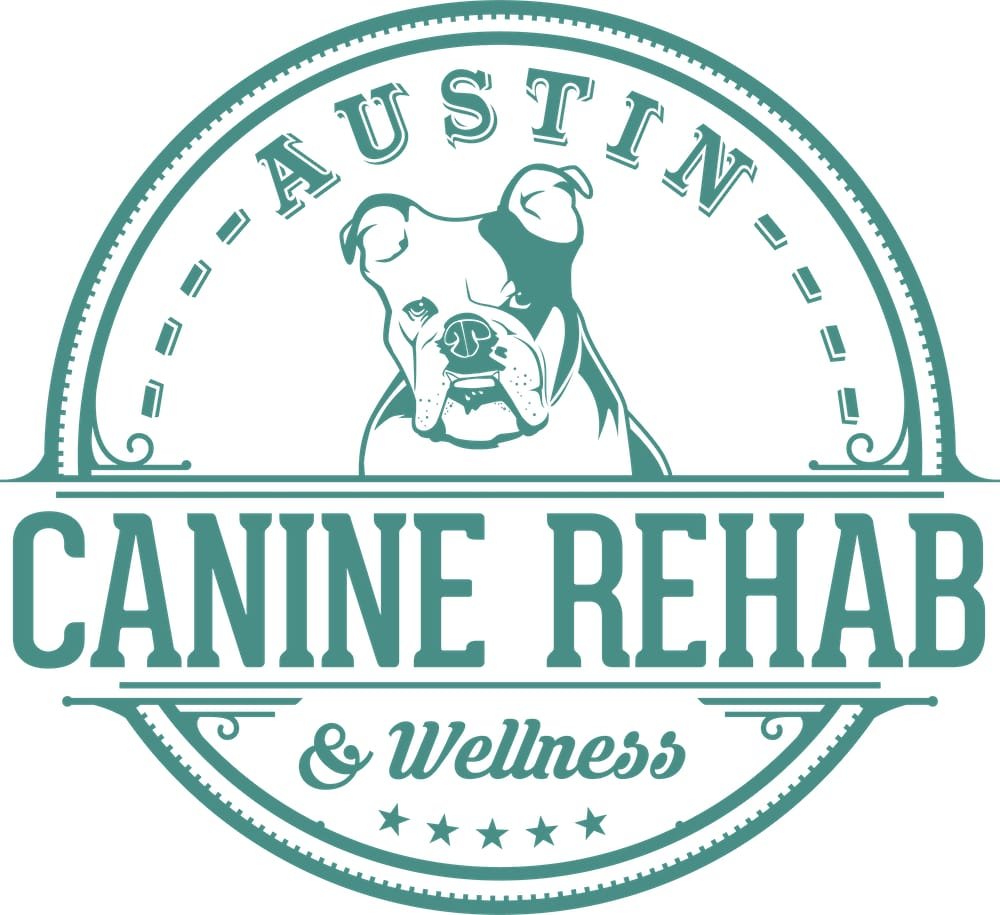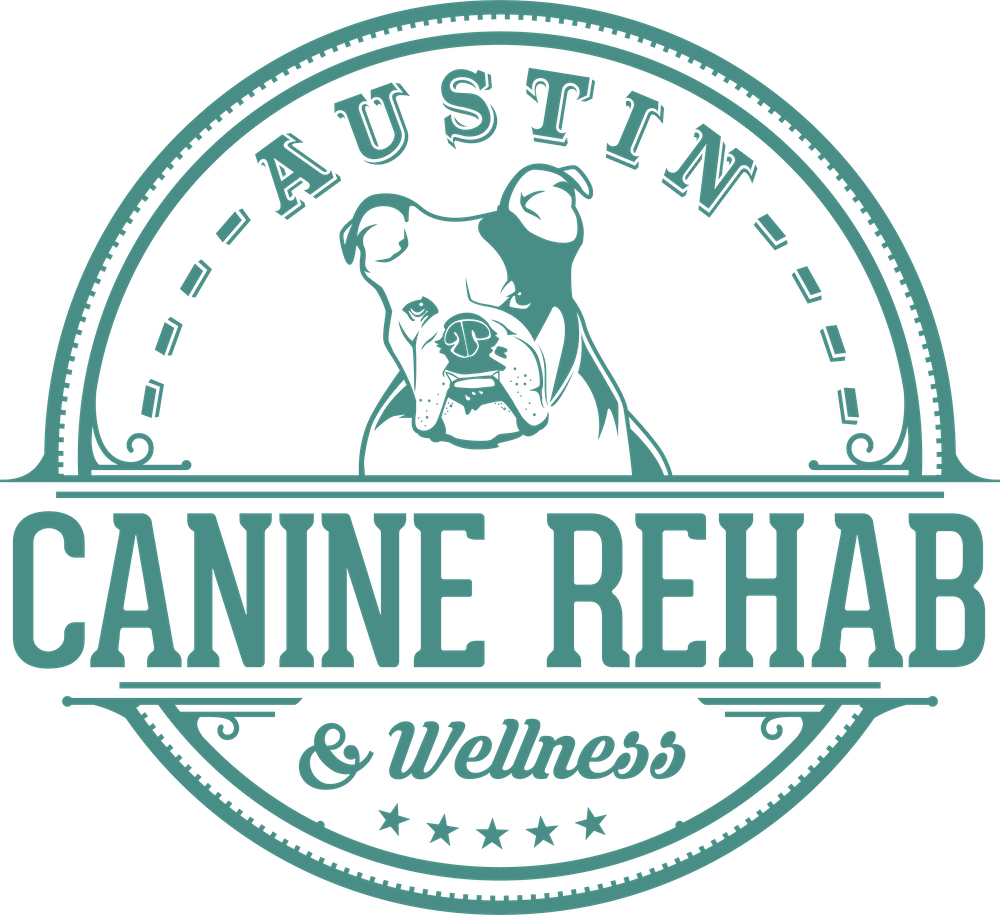
We specialize in helping SENIOR DOGS regain their independence & ability to explore Austin with their humans.
Torn ACL/CCL Treatment for Dogs in Austin, TX
As pet owners, we like to see our dogs at their best – running and jumping, having a great time getting into the kinds of things that dogs love to do. Depending on how long you have had your dog, and how old the dog is, being completely healthy might be the only condition that you have ever experienced.
Unfortunately, just like humans, dogs are likely to encounter injuries from time to time. CCL injuries are relatively common in dogs, and it’s important to consider all treatment options when trying to help your pet get back to full strength. For assistance, reach out today to speak with a member of our team about what we can provide. We would love to serve you and your pup!

What is a CCL Injury?
The cranial cruciate ligament – or CCL – is an important ligament in your dog’s knees. As the years pass, this ligament can become damaged and discomfort and physical restrictions may result. This is sometimes referred to as an ACL injury in dogs, even though that is not technically the correct term, it provides similar stability as the ACL does to the human knee. Ultimately, when the CCL is compromised in some way, the knee is unable to function as it does when healthy.
You might be surprised to learn that CCL injuries do not tend to happen dramatically, as would an ACL injury in a human. If you injured your ACL while running or playing a sport, you may fall to the ground quickly as a result of the pain. For your dog, however, this injury may build up over time, with a gradual wearing of the ligament until it can no longer function as it should. If your dog is on the older end of the age scale for pets, there is a good chance that some degree of CCL injury has occurred – especially if that dog has been particularly active over the years.
Is Surgery Required?
Paying close attention to your dog’s behaviors and movements is always a good idea, as it’s the best way to spot signs that something is out of order. When you as the owner can see that something is wrong, you can then seek help from a professional to address that matter right away. With regard to the CCL, watch for the points below –
Pay attention to how your dog looks when he or she sits down. When a dog is dealing with a CCL problem, the affected leg is likely to splay out to one side rather than being tucked in properly. Also, if the sitting movement is uncomfortable as a result of the injury, the dog may hesitate to move into that position, or show signs of discomfort while doing so.
You may also notice that your dog is favoring the use of the leg on the other side to avoid putting too much pressure on the injured knee. So, if you see that your dog is walking or running “funny”, don’t just write it off – there could be a serious underlying injury to address.
When you are sitting and cuddling with your dog, place your hand gently on the joint you suspect might be injured to see if it feels warm. The area around the knee feeling warmer than usual is another potential sign that it is in need of treatment.

Considering Your Treatment Options
You never want to rush into surgery when treating an injury, whether we are talking about dogs or humans. Yes, surgery will be called for in some cases, but that is a major step to take and it’s worth exploring all possible options first before going in that direction.
One of the key pieces in trying to decide how to move forward is what the exact diagnosis from your vet looks like regarding this injury. Is the ligament fully torn, or only partially torn? With a full tear, it’s typical that the vet will suggest surgery as the right solution. For partial tears, surgery can be on the table, but rehab could be used as a more conservative approach to work the dog back toward health.
Either way, we can play a role in this process by providing rehab that will help optimize the results that your dog achieves. If surgery is scheduled, some canine rehab could be completed in advance of that surgery to better prepare the dog for the recovery process. Or, if you don’t do surgery at this point, a detailed rehab program can be crafted to help make the dog more comfortable while hopefully regaining mobility and freedom. Of course, surgery could always be an option down the line if rehab doesn’t produce the results you hoped to see, but starting with the more conservative approach is always an appealing option.
Contact Austin Canine Rehab & Wellness Today
Having success caring for dogs in and around the Austin area comes down to customizing a plan for each specific pet. We don’t apply a standard approach to every situation, because each dog is unique and needs to be treated as such. If you would like to learn more about what we offer, or if you would like to schedule your first appointment, get in touch with us today. Thank you for visiting!





